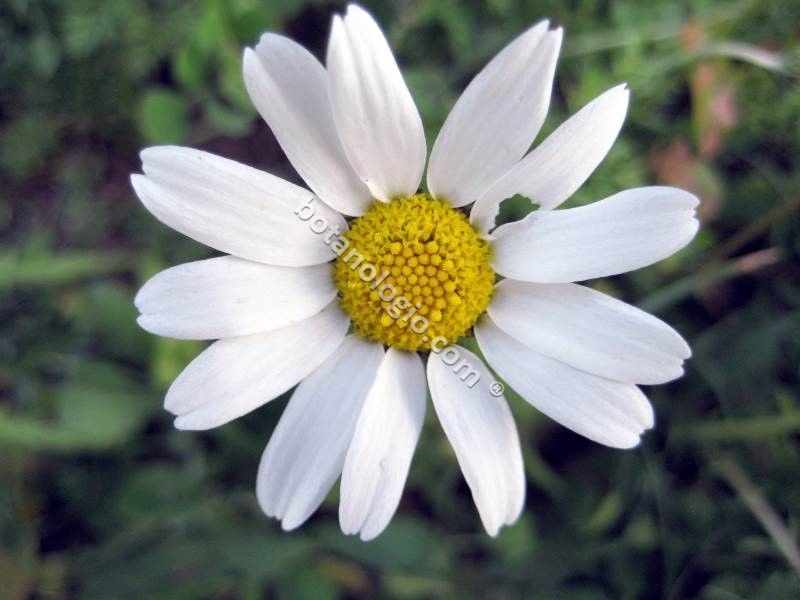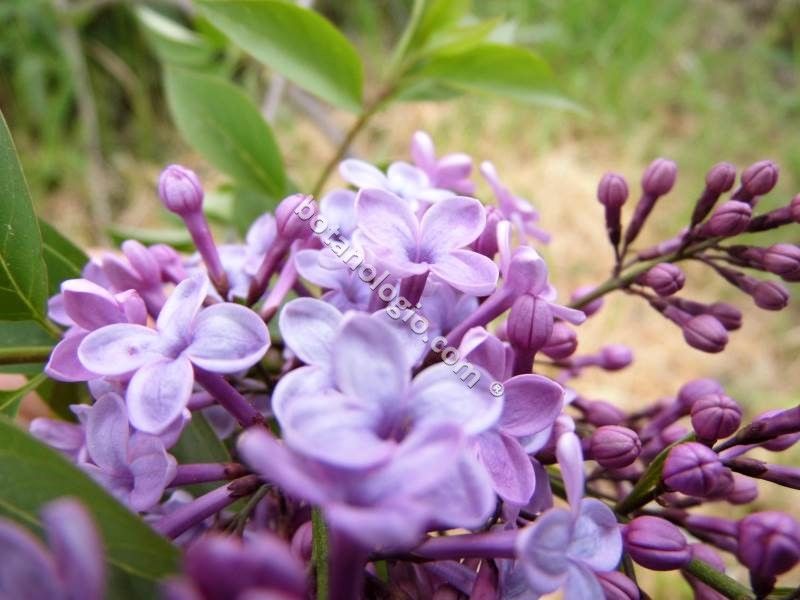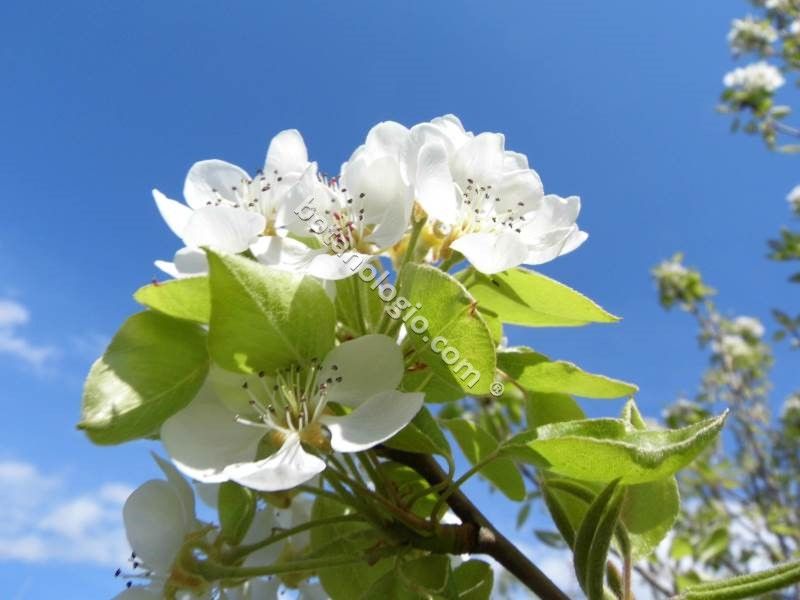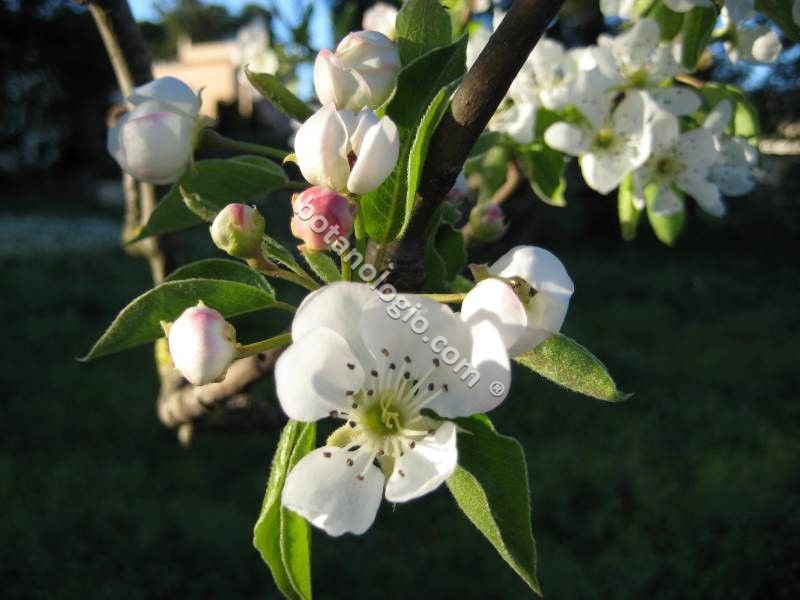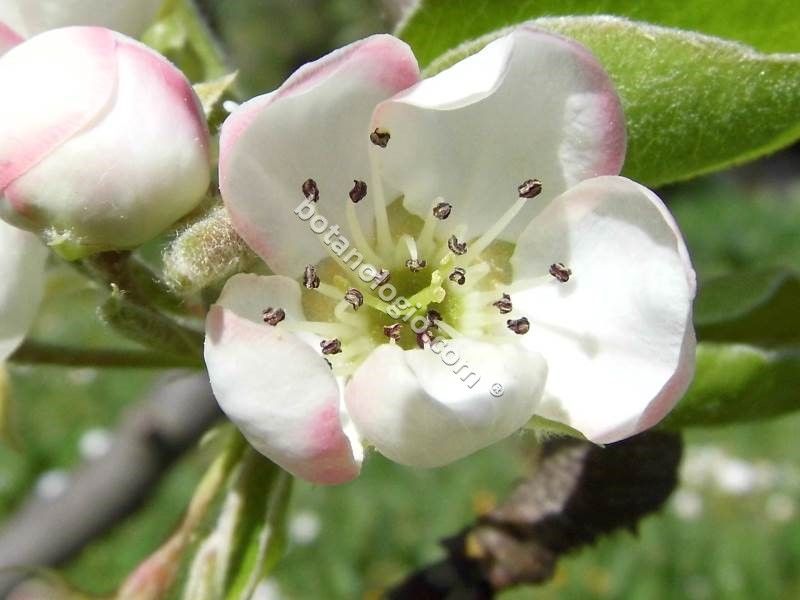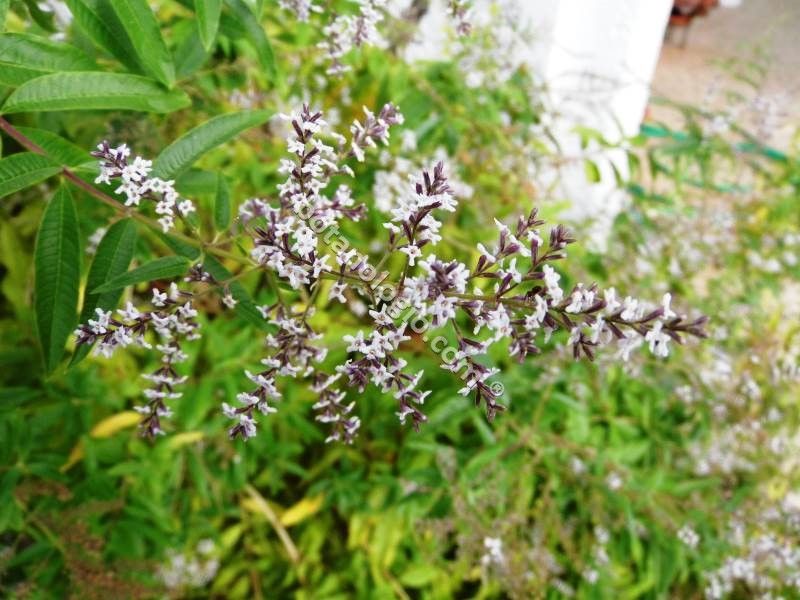Narcissus – Daffodil symbolism & cultivation!
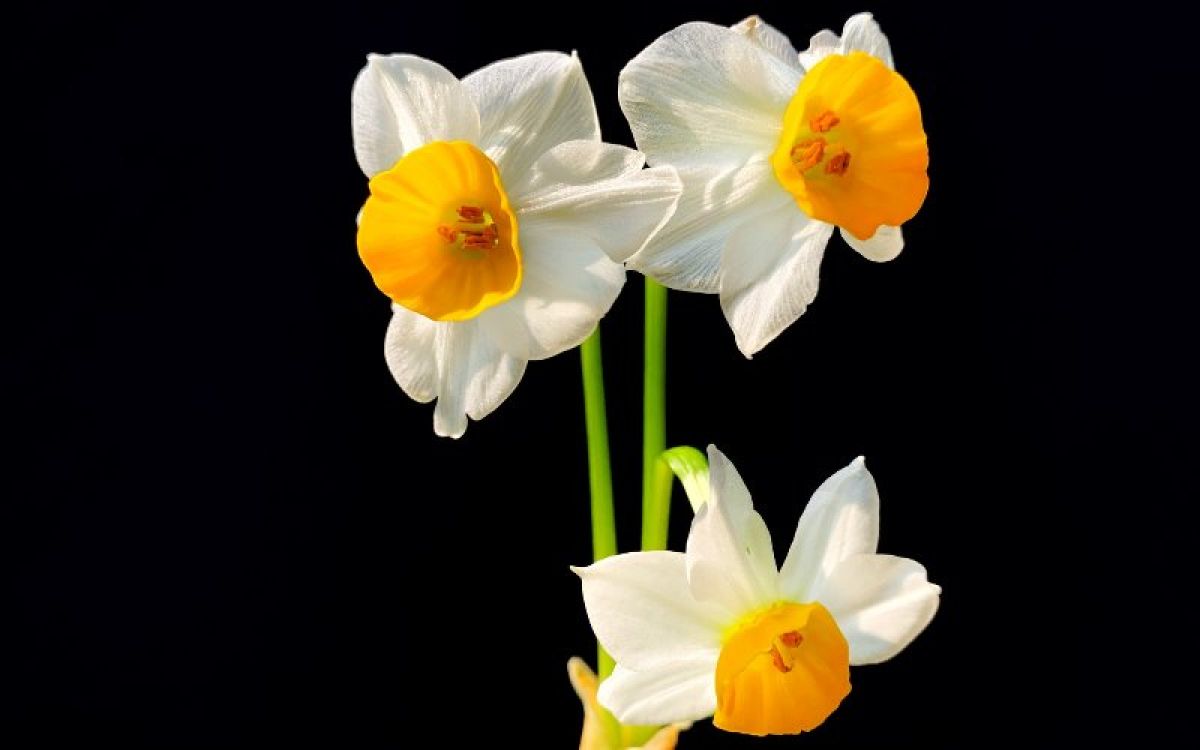
Nothing says “spring is coming” like daffodils & narcissus. Suddenly they seem to pop up all around you, when only a week ago there was just dull grass and assorted winter detritus. With their beautiful yellow petals, long cups and star-shaped blooms, they are bound to delight anyone who sees them.
Narcissus (daffodil), in Greek mythology, is the son of the river god Cephissus and the nymph Liriope. He was an incredibly handsome young man. According to mythology, Narcissus’s mother was told by the blind seer Tiresias that he would have a long life, provided he never recognized himself. However, his rejection of the love of the nymph Echo, drew upon him the vengeance of the gods. He fell in love with his own reflection in the waters of a spring. After staring at it for a few days he grew exhausted, fell into the stream and drowned. The flower that bears his name sprang up where he died.
Daffodils are some of the first flowers we see in springtime and are a great indicator that winter is over. Because of this, they are seen to represent rebirth and new beginnings.
Narcissi flowers are also seen to represent creativity, inspiration, awareness and inner reflection, forgiveness, and vitality. Some cultures believe that daffodils bring wealth, but most cultures celebrate the narcissus as a symbol of hope and joy.
Varietes of the narcissus plant
There are a more than 13,000 varieties of narcissi and over 50 different species. All come from the Amaryllidaceae family and are available from November to May but peak between January and March.
Care tips and planting
Keep your pets away when planting narcissi bulbs because they are poisonous to animals. Narcissi sap contains calcium oxalate which forms little bundles of crystals in the leaves and roots to stop it being eaten by animals.
Narcissus sap is toxic to other flowers. To avoid them damaging any other flowers in your vase, remove the daffodils, cut the stems and stand them alone in cold water for 24 hours before adding to the rest of your flowers. You don’t need to use flower food with narcissi because it encourages more sap to flow.
Plant in fall to see them bloom in spring in a width of 10 to 15 centimeters apart and a depth of 10 – 20 centimeters. Daffodils will need to be planted deep enough that they won’t be affected by temperature variations above ground, either too warm or too cold. The standard method for calculating the ideal depth is to dig a hole three times as deep as the bulb is high, and place the bulb at the bottom with its pointy end up. Since daffodils grow less well when they have to fight for nutrients with their fellow bulbs, it’s best to plant them 10-12cm apart. You can also experiment with placing the bulbs closer together, but make sure they never touch. Like all flower bulbs, daffodils need a cold period to develop their roots and get ready for spring. So once you feel fall’s first chill in the air, it’s time to get planting.
Daffodils need full sun and can be planted in partial shade, but need a very well draining soil. A bulb that is ‘bathing’ in water will rot in no time. So avoid soggy soil at all cost – this means places where you can still see puddles 5-6 hours after a rainstorm. Another thing you can do is to upgrade potentially soggy soil by adding organic material such as peat, bark or manure. When it comes to planting bulbs in containers, the secrete is exactly the same: drainage. Get a pot or box with at least some drainage holes at the bottom. Narcissus don’t need much care. You will have to water well once aftet planting and then moderately in spring when there hasn’t been any rain for 3-5 days.
After daffodils have finished blooming, don’t cut the foliage straight away. Through photosynthesis the leaves will create nutrients that the bulb will be needing for its next growing season. After a few weeks the foliage will automatically yellow and die back, and then you can remove it. Now the bulb will be going dormant, and won’t need any watering until next spring.
Remember to store correctly de bulbs buy putting them in a dry place with plenty of air circulation, where the temperature is between 4 to 21C.
Extra tip for indoor growing:
Instead of in a pot with soil, you can use a glass vase. Fill the bottom with pebbles or gravel and place the bulbs closely together on top of it, with their pointy ends up. Water until it just reaches the base of the bulbs, and place the vase in a brightly lit but not too warm spot. Make sure to keep topping up the water as it evaporates.
